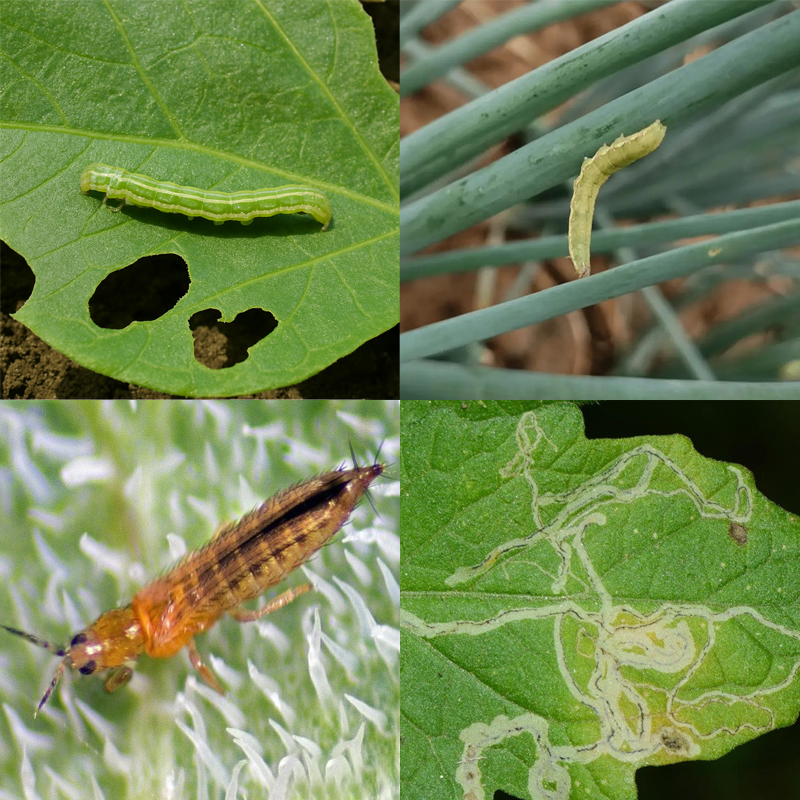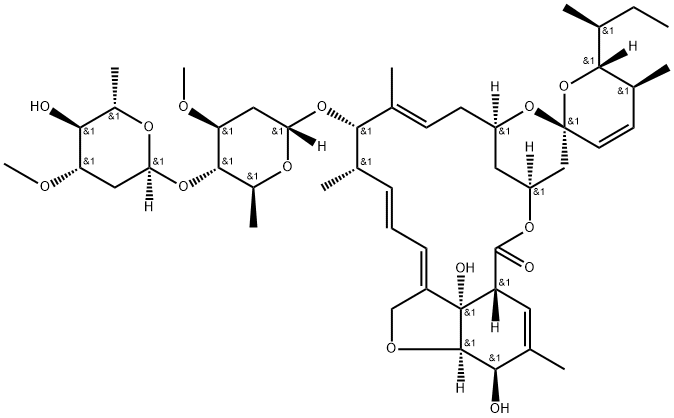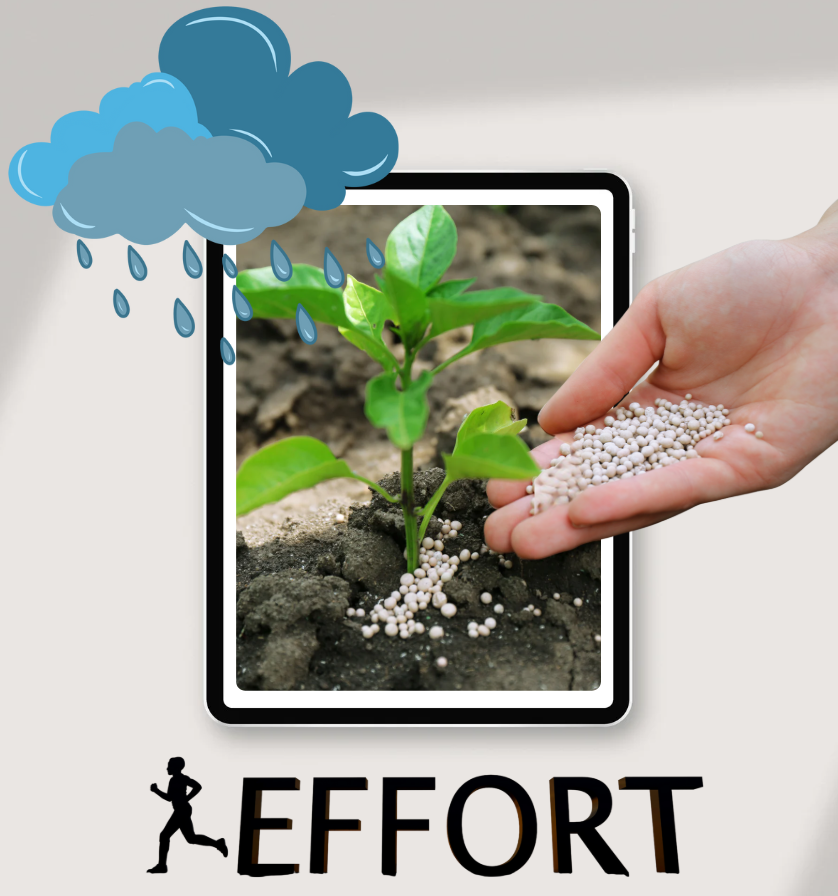
Avermectin B1a, B1b (Abamectin): A Powerful Bioactive Agent for Insect and Mite Control
1. What Are Avermectin B1a and B1b?
Avermectin B1a and B1b are two primary components of the avermectin family, a group of natural compounds derived from the soil bacterium Streptomyces avermitilis. When combined, they form Abamectin, a highly effective bioactive compound widely used in agriculture for controlling insect pests and mites.
The standard composition of Abamectin includes:
-
≥ 80% Avermectin B1a
-
≤ 20% Avermectin B1b
Abamectin is one of the most commonly used active ingredients in insecticides and acaricides (mite-control products) today.
2. Mode of Action
Abamectin targets the nervous system of insects and mites by activating chloride ion channels (Cl⁻) on nerve and muscle cells. This causes an influx of Cl⁻ ions, disrupting nerve signal transmission.
Result:
-
Pests become paralyzed quickly
-
They stop feeding within hours
-
Death occurs within 2–4 days, depending on species and conditions
Abamectin also has translaminar activity, meaning it can penetrate leaf tissues and kill pests hiding on the undersides of leaves.
3. Target Pests

Abamectin is especially effective against chewing and sucking pests, including:
-
Thrips (Thrips spp.)
-
Spider mites and red mites (Tetranychus spp.)
-
Diamondback moth (Plutella xylostella)
-
Leafrollers (Cnaphalocrocis medinalis)
-
Fruit borers, leafminers, and other small caterpillars
4. Key Advantages
✅ Dual-action: Contact and stomach poison
✅ Highly effective at low doses
✅ Penetrates plant tissue for extended protection
✅ Relatively safe for beneficial insects when used correctly
✅ Environmentally friendly compared to synthetic insecticides
5. How to Use Abamectin Effectively
🔹 Spray early morning or late afternoon to avoid rapid breakdown from sunlight
🔹 Use correct dosage (typically 6–12 ml per 8 liters of water depending on formulation)
🔹 Ensure thorough coverage on both sides of leaves
🔹 Rotate with other active ingredients (e.g., Emamectin benzoate, Spinetoram) to prevent resistance development
6. Safety and Precautions
⚠️ Despite its biological origin, Abamectin is still toxic if mishandled.
-
Always wear gloves, mask, and protective clothing when handling or spraying
-
Avoid spraying near water sources to protect aquatic life
-
Follow the pre-harvest interval (usually 7–14 days depending on crop)
7. Conclusion
Avermectin B1a, B1b (Abamectin) is a trusted, highly effective active ingredient for managing various hard-to-control insect pests and mites. With its systemic and translaminar action, it offers long-lasting protection while maintaining a relatively safe profile for users and the environment when used properly.
Bình luận
Những bình luận mới nhất




